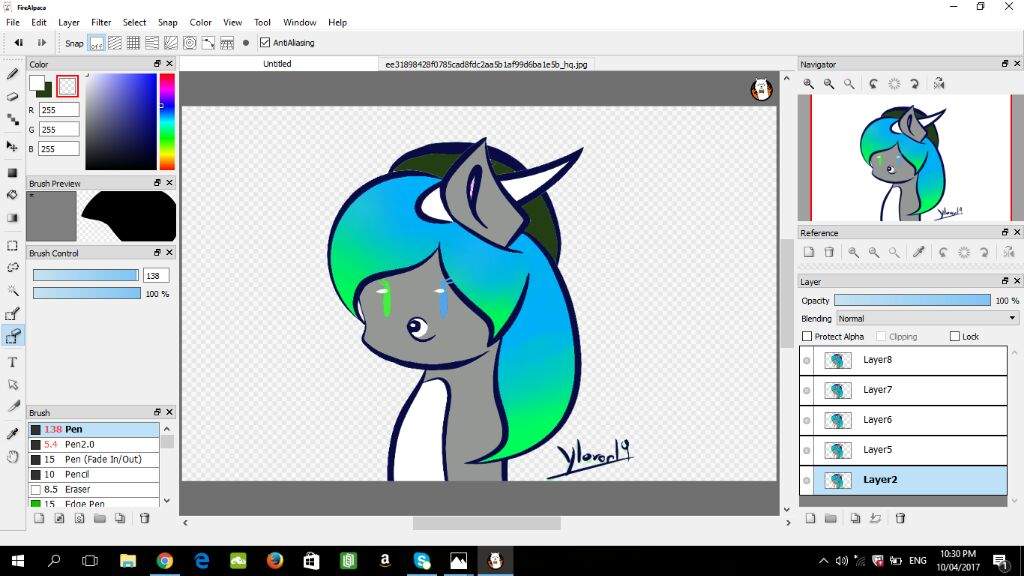

This can also be thought of as how much contrast is added at the edges. Move your mouse on and off of the following image to see the mach band effect:Īmount is usually listed as a percentage, and controls the magnitude of each overshoot. These enhance our ability to discern detail at an edge. The human eye sees what are called "Mach bands" at the edges of sharp transitions, named after their discovery by physicist Ernst Mach in the 1860's. Why are these light and dark over/undershoots so effective at increasing sharpness? It turns out that an unsharp mask is actually utilizing a trick performed by our own human visual system. This was used more to enhance local contrast than small-scale detail. The positive of the unsharp mask was then sandwiched with the negative of the original image and made into a print. They were traditionally performed with film by utilizing a softer, slightly out of focus image (which would act as the unsharp mask). Note: Unsharp masks are not new to photography. An unsharp mask improves sharpness by increasing acutance, although resolution remains the same (see sharpness: resolution and acutance). Note how it does not transform the edges of the letter into an ideal "step," but instead exaggerates the light and dark edges of the transition.


 0 kommentar(er)
0 kommentar(er)
